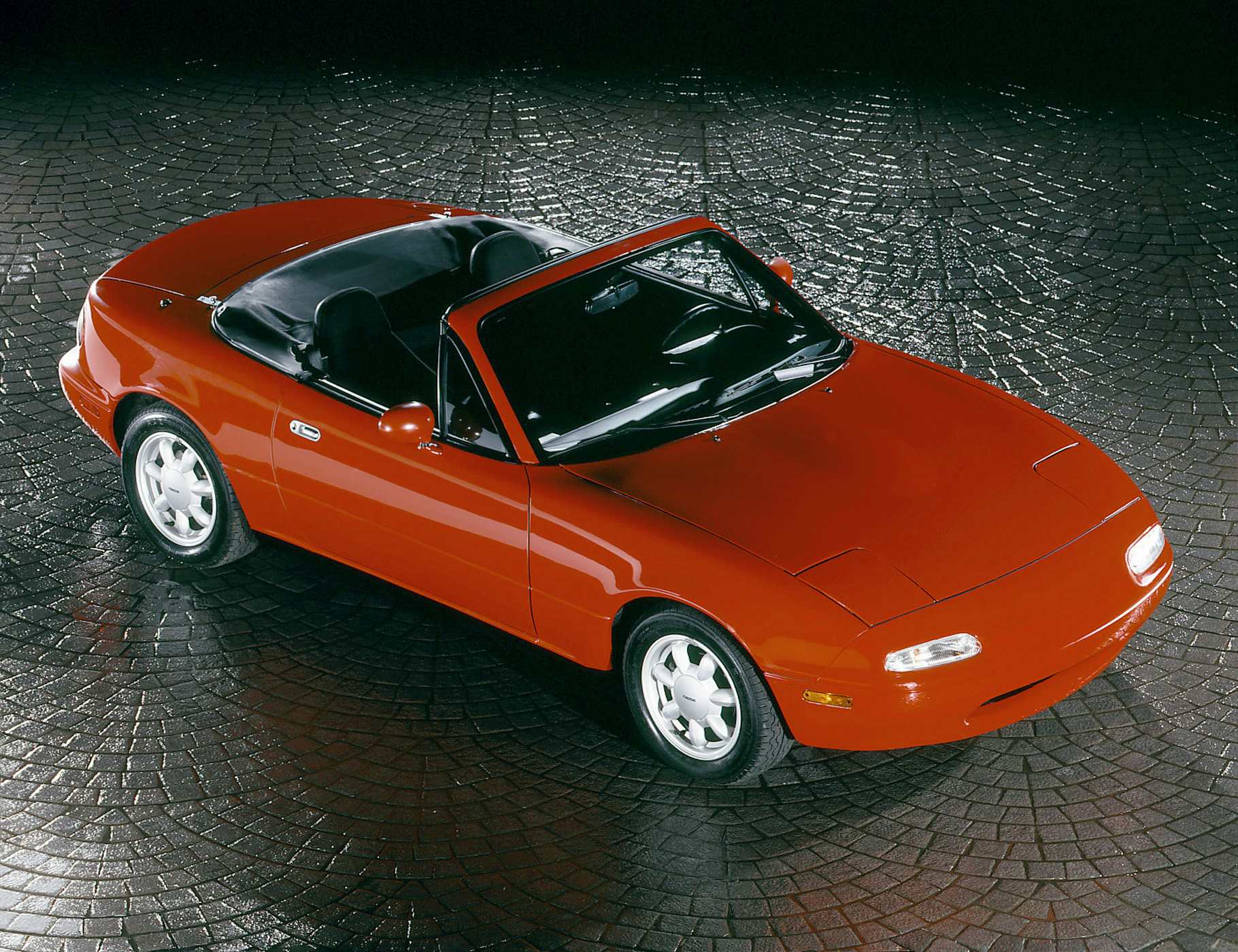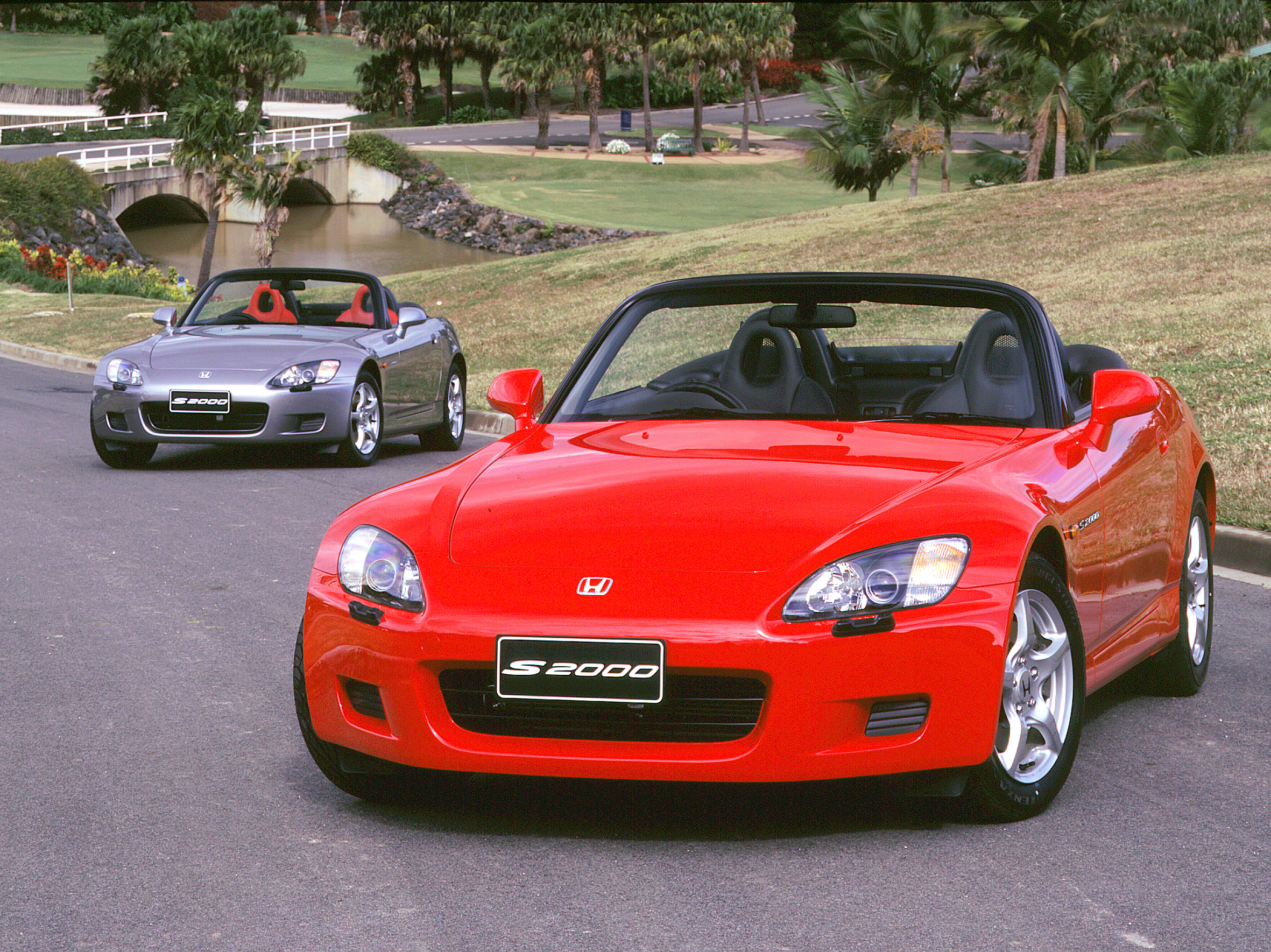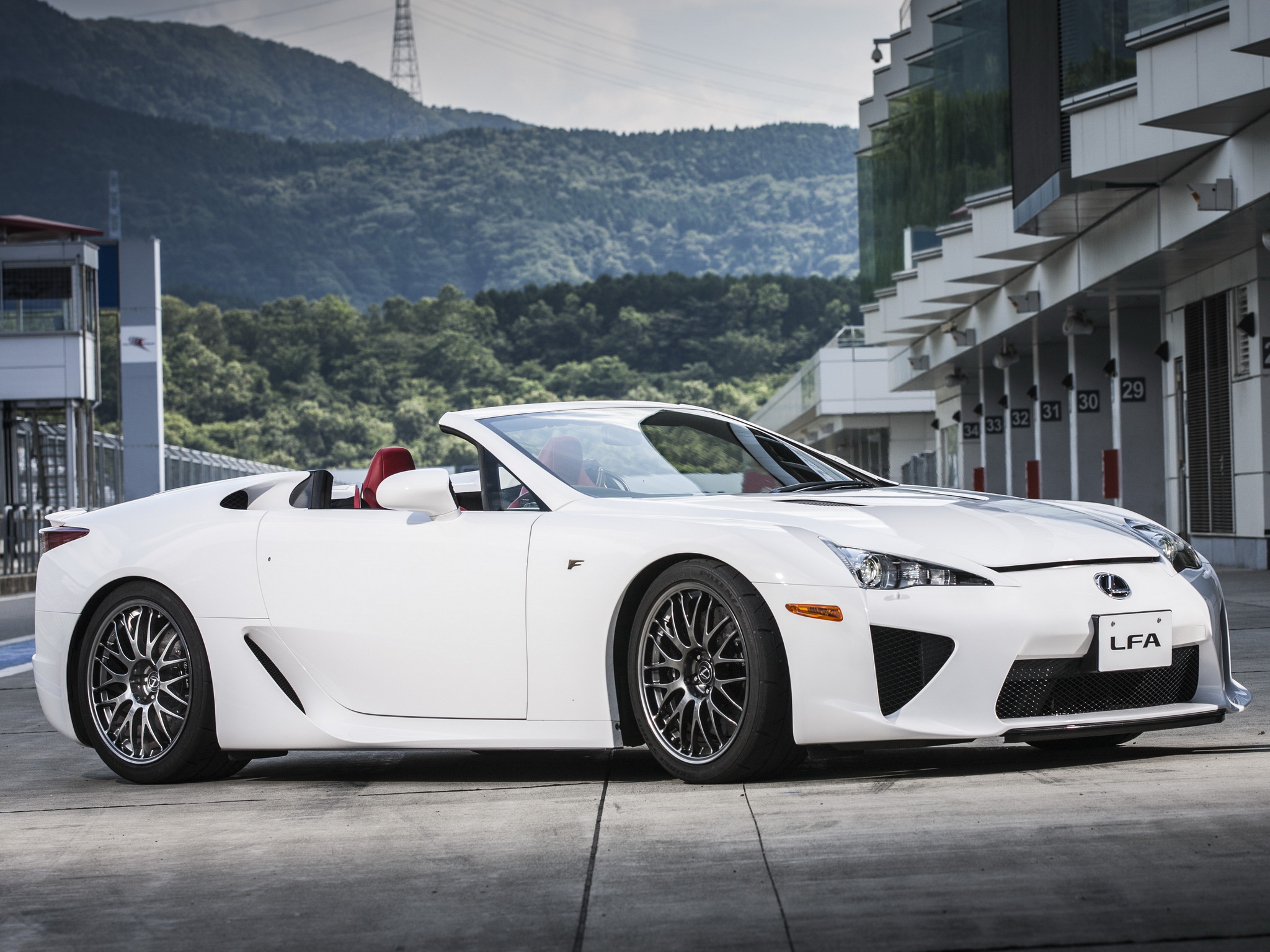Japanese spiders
Photo credit: Toyota, Mazda, Honda, Nissan, Lexus, Wheelsage
The spider is a dream for everyone. A dream that comes true less than people would like for reasons of practicality, cost and space. This applies to everyone, including the Japanese. Despite this, manufacturers refuse to stop proposing these models, sometimes only to seduce, as Toyota did with the beautiful 2000 GT Convertible made in just two examples for Sean Connery in the James Bond film “You Only Live Twice”.

The same fate awaited Lexus with the seductively unique example of the LFA – V10, 550CV – first seen in 2005 and the Nissan 300 ZX. In this niche market, Honda offers a broad range, starting from the smaller 360 (the engine displacement necessary for tax exemptions of the kei car category), rising to the 500, 600 and 800 models and, finally with the Beat, to the 656cc three-cylinder engine which, however, was never made in significant numbers. On the other end of the spectrum, we have the NSX, marketed in America under the Acura brand name but otherwise identical to the Japanese version. Halfway between them, this time with considerable commercial and technical success, was the beautiful S2000 which, with its DOHC-VTEC engine with variable valve timing, guaranteed spectacular performance.

The Japanese have nevertheless managed to score a spectacular record with their spiders: more than one million Mazda MX-5s – also known as the Miata or Eunos Roadster – have left the production line. Introduced in 1989, it has now in its fourth generation. Two seats, light and very well balanced, strongly inspired by the tradition of the English and Italian spiders of the sixties, it has been certified by Guinness World Records as the world’s “best-selling two-seater open sports car”.






